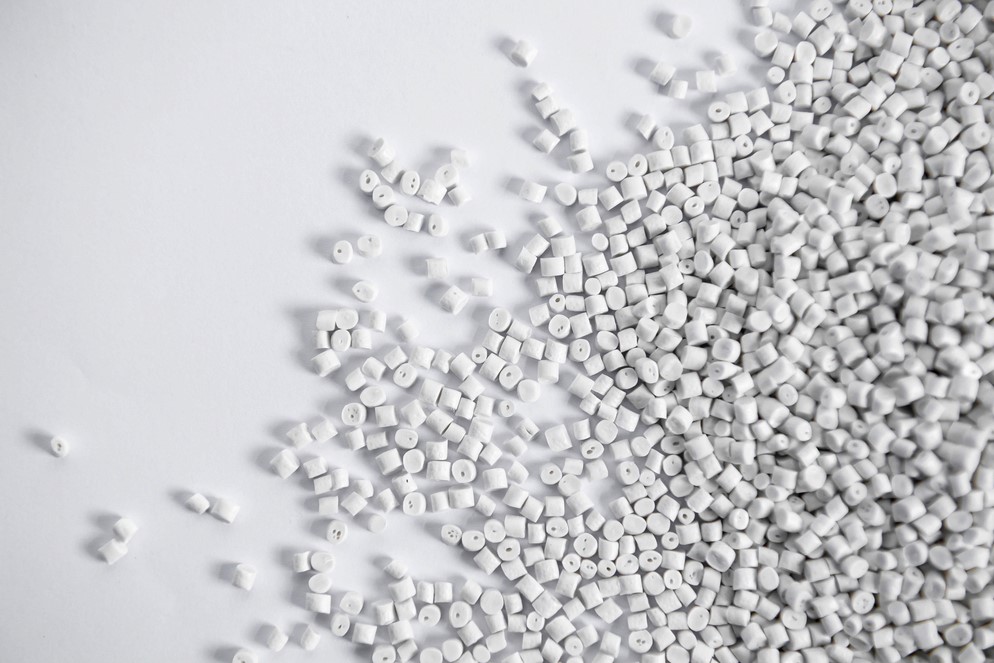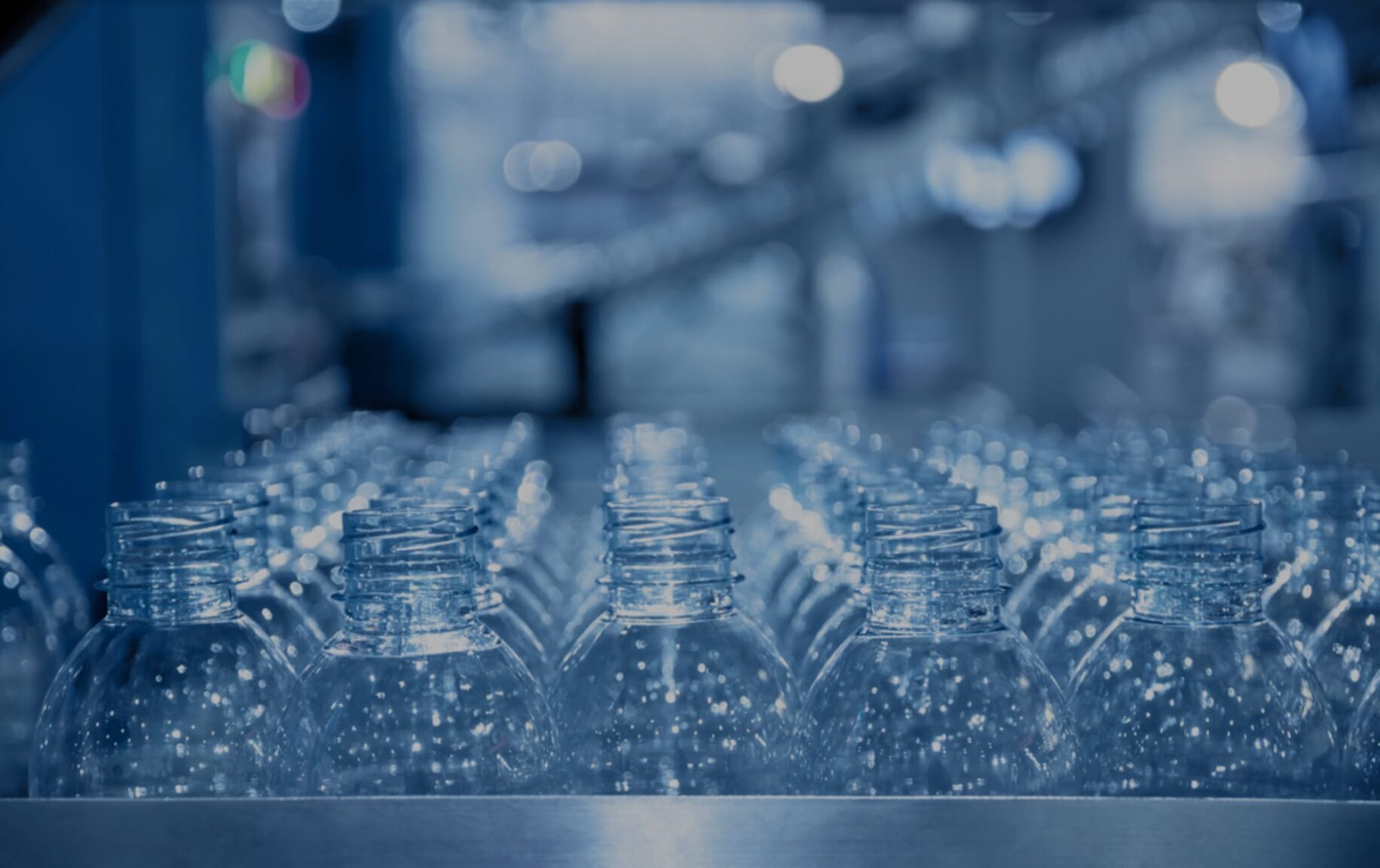Polypropylene vs. Nylon (Polyamide): Benefits and Drawbacks for Various Applications
Published on April 19, 2021

Originally published on fastradius.com on April 19, 2021
Polypropylene and polyamide — commonly known as nylon — are two common plastics for manufacturing end-use parts. Plastics are made from bonded polymers and can be naturally occurring or synthetic. Synthetic polymers are derived from chemically bonding monomers together using heat, pressure, and catalysis.
Nylon and polypropylene are among the most popular synthetic plastics for manufacturing due to their malleability, versatility, and resistance to physical stress. Designers and engineers should understand the key differences between polypropylene and nylon in order to determine which synthetic polymer is best suited for a given project.
Polypropylene vs. Nylon Structure
Although both polypropylene and nylon are synthetic polymers, their chemical structures differ in a few important ways. These factors contribute to their differences in qualities, characteristics, and use cases.
Polypropylene is an addition polymer, meaning that it is the result of joining monomers together through simple additive reactions with no byproducts created. Nylon, on the other hand, is a condensation polymer in which water molecules are expelled as polyamide monomers combine.
Nylon and polypropylene are very similar, but due to variances in their individual structures, there are some significant distinctions you should consider when selecting polypropylene vs. nylon.
Advantages of Polypropylene vs. Nylon
While polypropylene and nylon share some important characteristics, their mechanical specifications differ in a few important ways.
Both nylon and polypropylene are durable and resistant to stress, but polypropylene is stronger than nylon. In fact, polypropylene is sometimes referred to as the “steel of plastics” due to its high strength. Polypropylene can withstand intense physical stress and corrosion caused by the sun, mold, bacteria, rot, and oils. It is also highly moisture-resistant, meaning polypropylene is also resistant to electricity. Along with its strength, polypropylene can change color during production and even become transparent. This quality, along with polypropylene’s weldability, provides teams with a high degree of design flexibility.
Thanks to its low melt viscosity, polypropylene offers strength and elasticity. A low melt viscosity enables materials to be easily used in injection molding, which relies on heating pellets of thermoplastic resin until they are molten, allowing for injection, molding, and cooling. Polypropylene pellets have lower melt viscosity than nylon, opening polypropylene up to more injection molding opportunities and capabilities.

Nylon, as noted by its higher melt viscosity, is more heat-resistant than polypropylene. Nylon is also a low-friction plastic, which makes it ideal for creating parts used in high-friction industrial applications. In these applications, nylon will maintain its shape and functionality without requiring much lubrication or maintenance. Nylon also supports good durability and electrical resistance, making nylon pieces excellent electrical insulators.
Nylon is more malleable than polypropylene and can offer product teams greater design flexibility. This malleability enables nylon components to bend instead of break when exposed to stress, so engineers can create complex shapes that will not crack during or after manufacturing.
Finally, it’s worth noting that both nylon and polypropylene are available in FDA-complaint grades. As such, product teams designing parts for the food and beverage sector or the medical industry can take advantage of the benefits offered by polypropylene and nylon.
Polypropylene vs. Nylon: Manufacturing Use Cases
Since nylon is an excellent insulator, it is often used to insulate electric cables and replace aluminum components in engines. Polypropylene, on the other hand, is frequently used in car batteries and semiconductor components due to its water and solvent-deflecting abilities. Thanks to its durability and stress resistance, polypropylene is also used in chemical tanks and plating as well as laboratory equipment.
Nylon’s malleability enables reheating and remolding, which makes it a prime choice for design prototyping. Nylon is also a low-friction plastic, perfect for many parts that endure resistance like wheels, seals, gaskets, and rollers. Although polypropylene is less flexible than nylon, it can deform without breaking from stress, which also makes it an ideal material for moving components such as hinges or gears.
When it comes to manufacturing, both nylon and polypropylene can both be used for injection molding. Since polypropylene pellets have a lower melt viscosity than nylon pellets, polypropylene can be easier to utilize in injection molding techniques. Due to its high heat capabilities, nylon — particularly Nylon 12 — is a good candidate for additive manufacturing as well as injection molding.
Limitations of Polypropylene vs. Nylon
Neither polypropylene nor nylon is naturally UV-resistant. However, because nylon can be combined with other chemical additives, you can more easily mitigate the risk of UV damage than with polypropylene. One significant limitation of nylon is its high absorption of water, which can drastically change a component’s stability post-production. Unfortunately, nylons that have greater flexibility and impact resistance are often more prone to water absorption.
On the other hand, since polypropylene has almost no absorption tendencies, it is generally quite difficult to bond with other materials. In fact, polypropylene is so slippery that it’s nearly impossible to paint on. Nylon, on the other hand, offers more finishing and post-production options due to its surface texture. Further, polypropylene is prone to corrosion through oxidation and interaction with chlorinated solvents.
Making Informed Decisions with SyBridge
Polypropylene and nylon (or polyamide) are two similar synthetic plastics with a few key differences. Nylon is low-friction, more malleable, and can withstand higher temperatures, making it ideal for prototyping and manufacturing components that will be subject to resistance. Polypropylene is stronger than nylon and more resistant to physical stress, making it ideal for high-resistance equipment.
SyBridge can help you choose between nylon and polypropylene — plus a whole suite of other manufacturing plastics. Our team of seasoned engineers, designers, and technologists provides critical insights into material selection based on your unique project requirements. What’s more, we can help optimize your entire product development process, from concept to delivery. Contact us today to learn more.



